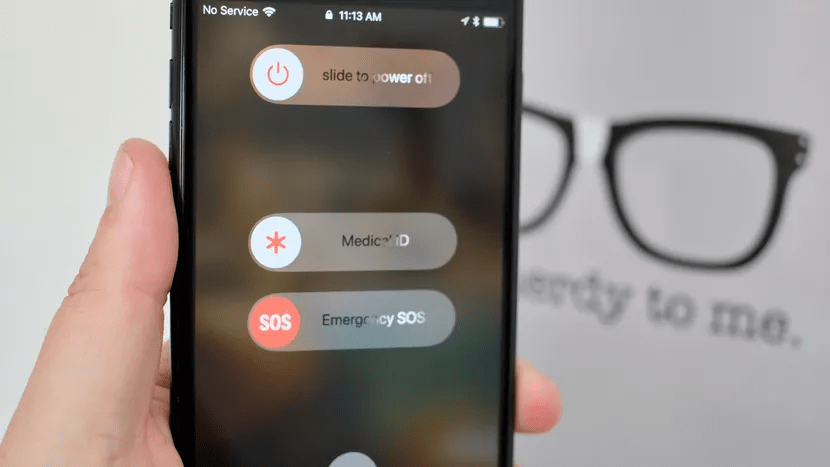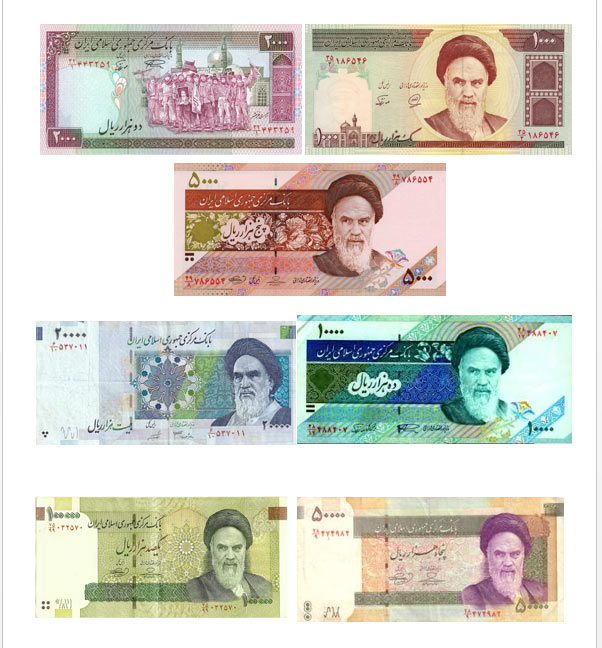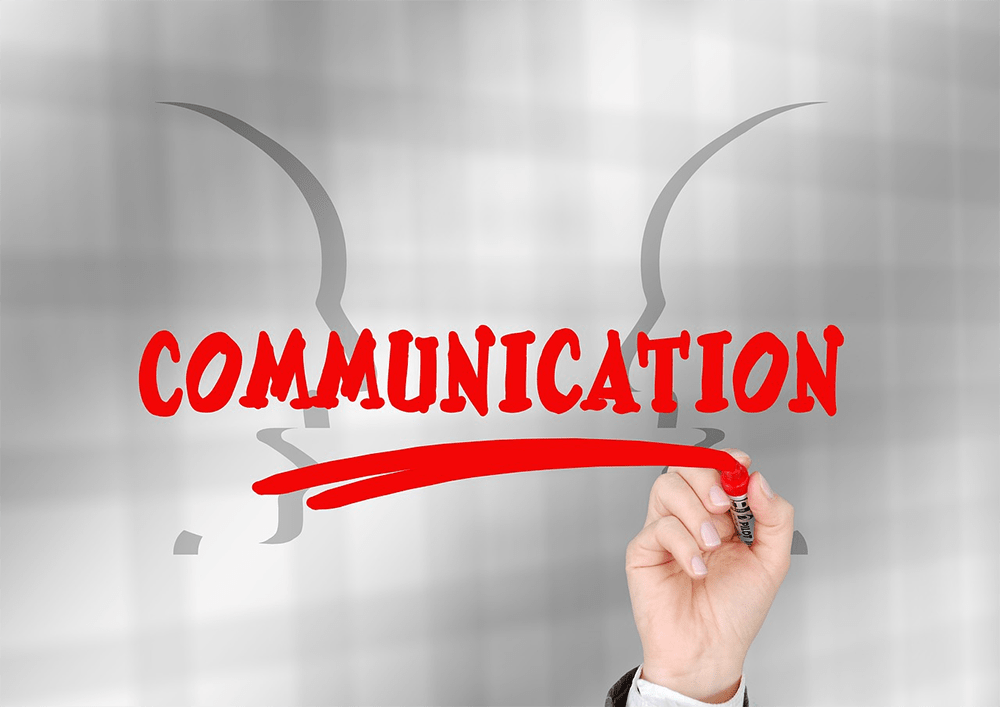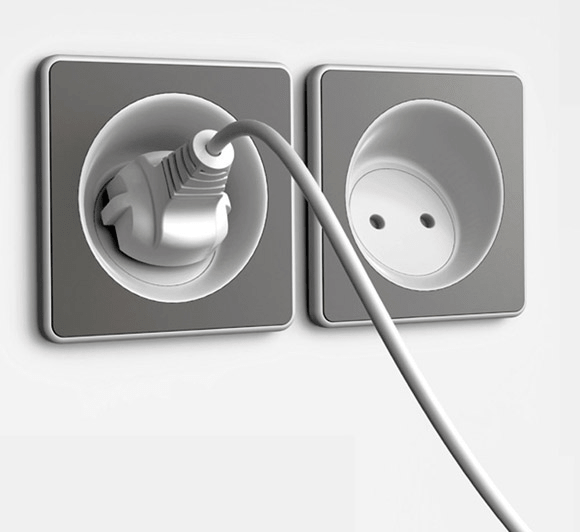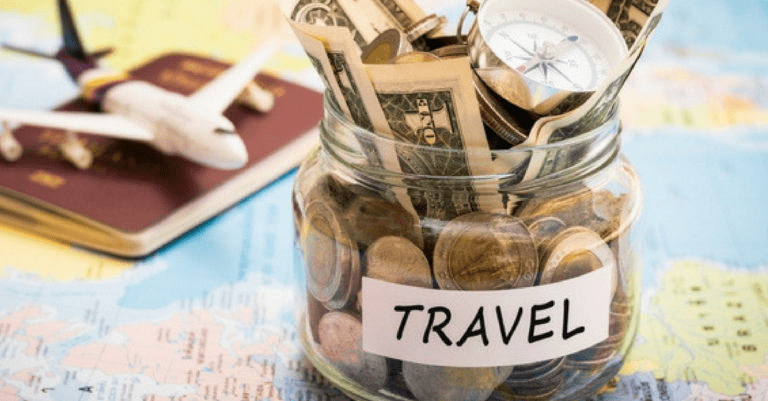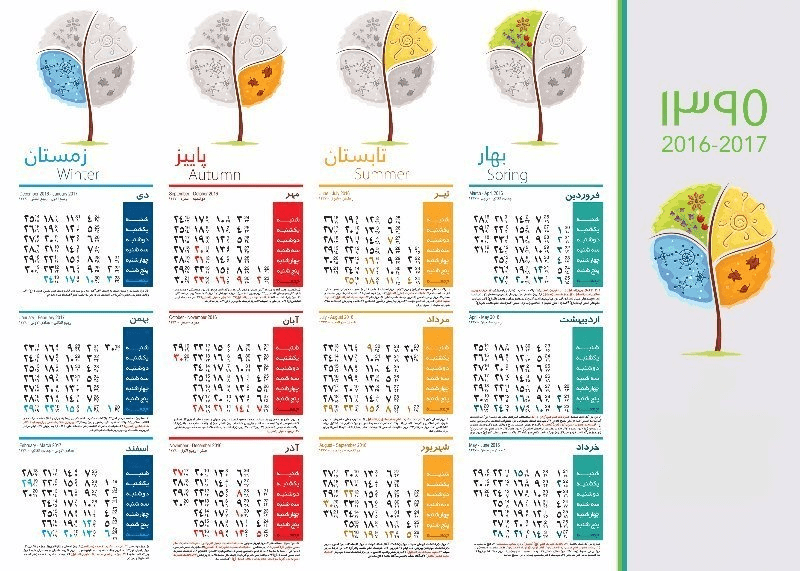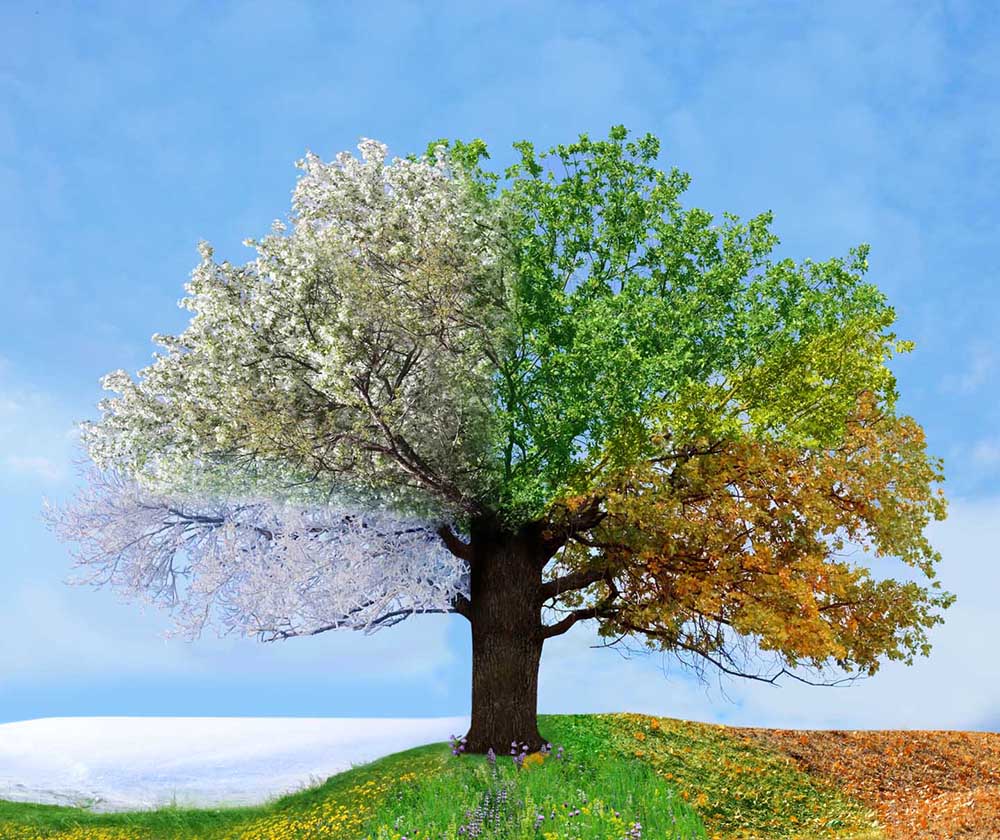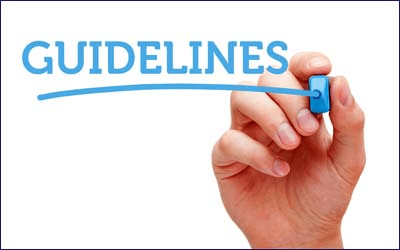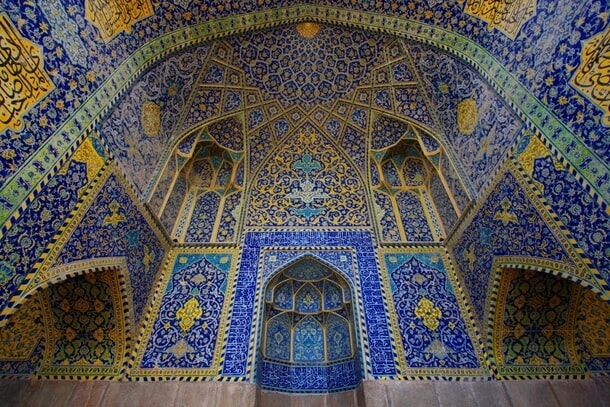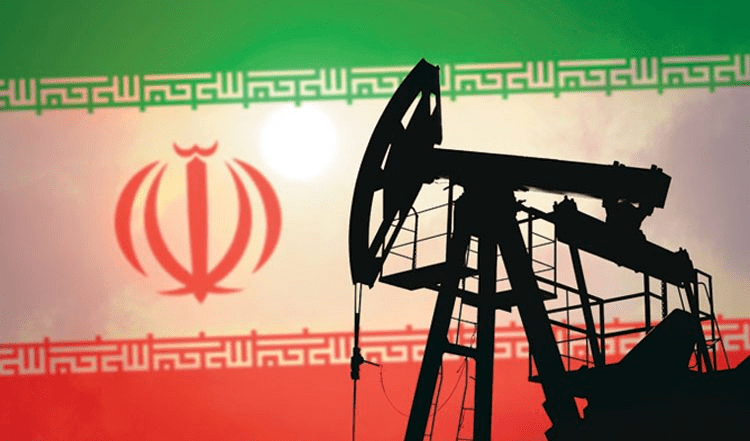Iran Visa and Requirements
Who Needs a Visa?
What Do I Need to Get a Visa?
What Are the Types of Visa?
Iran visa Information
Are you planning to come to Iran, but don't know how to get into Iran? Don't worry; we are here to inform you! To enter Iran, the first thing you need to do is to get an Iranian visa. In this section, we will explain the ins and outs of getting an Iranian visa to pave the way for your trip to Iran.
Who needs a visa?
Almost everyone desiring to visit Iran should first apply and get his/her Iranian visa. However, citizens of Azerbaijan, Bolivia, Georgia, Egypt, Lebanon, Syria, and Turkey enjoy the privilege to travel to Iran for up to three months without a visa.
Visa Types
Full information about different visa types will surely ease the way for the foreigners to enter their destined country. Therefore, in this section we will introduce you the different types of visas issued by the Ministry of foreign Affairs of the Islamic Republic of Iran.
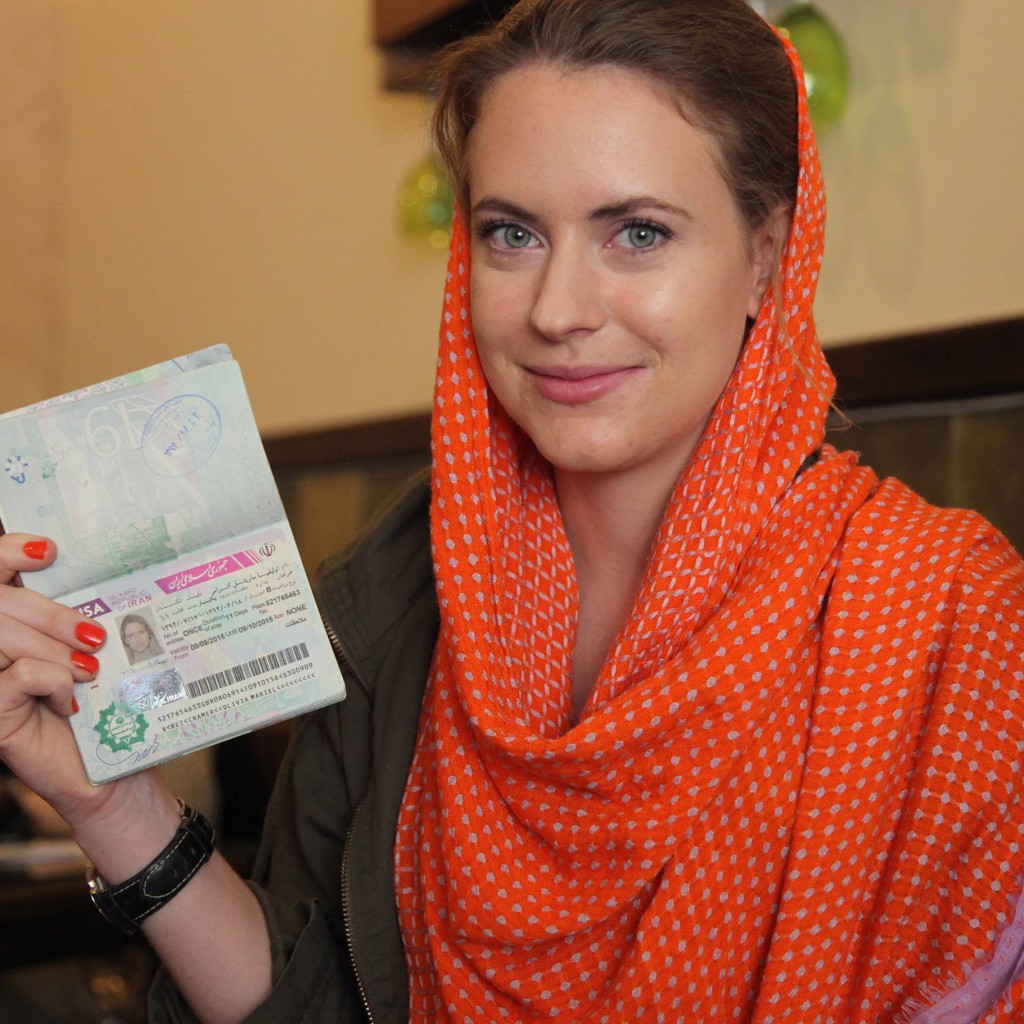
| Visa types | Description | Who can apply | Documents needed |
|---|---|---|---|
| A-Entry | This type of visa is issued for those foreign visitors who have an invitation letter from ministries, governmental organizations, public or private sectors with the purpose of negotiating, signing contracts, setting up bought purchased machineries, etc. . | . Educational & cultural Faculty members and researchers . Common Carriers, transporting goods and people . Officials, political, and economic members, art and sports teams, international organizations and specialists . Internationally Recognized merchants and experts . The United Nations employees and affiliates . Relatives of the foreign citizens residing in Iran | 1.Valid invitation 2.Visa application 3.Possible interview at the consulate |
| B- Tourist | Visa for those foreign visitors who wish to visit Iran as tourists | . Tourists | 1.Visa application 2.Possible interview at the consulate |
| C- Pilgrimage | Visa for those foreign visitors who wish to visit the holy places in Iran | . Muslim Tourists | 1.Visa application 2.Possible interview at the consulate |
| D- Diplomstic S-Service | . Temporary employees of diplomatic and consular offices, and International organization offices in Iran . Temporary guests of diplomats or official employees residing in Iran . Diplomatic or Official passport holders attending conferences, apprenticeship, cultural & educational programs, etc. .Diplomatic or Official passport holders with tourist or pilgrimage purposes | 1.Official or Diplomatic Passport 2.Visa application | |
| E- Education | Visa for foreign students or scholars who wish to study in Iran | . School students . Student . Researchers | 1.Certificate of Eligibility for Nonimmigrant Student Status from the science ministry, education ministry, or an accredited academic institution 2.Visa application |
| F- Temporary work | Visa for foreign citizens who intend to work in Iran | . Skilled workers . Specialists in the fields of Medical, industrial, etc. . Engineers | 1.Obtaining the labor certificate from a sponsor employer in Iran, approved by the labor ministry 2.Visa application |
| G- Transit | Visa for those foreign citizens who wish to pass through Iran, with no purpose of stay | . Drivers . Tourists . Merchants | 1.Declaring visa to destination 2.Visa application |
| H- Media | Visa for foreign media, including members of the radio, prints, digital, press, as well as directors and producers of films, reports, etc. traveling to Iran to work in their profession. | . Reporters . Producers . Cameramen | 1.Visa application 2.Obtaining the permit from the Media & Public Diplomacy center |
| I- Investment | Visa for foreign investors whose investment permit is approved by the Organization for Investment Economic and Technical Assistance of Iran. | . Merchants . Investors | 1.Approval letter from the Organization for Investment Economic and Technical Assistance of Iran 2.Visa application |
| M- Martial | Visa for foreign men married to Iranian women, as well as their offspring | . foreign men married to Iranian women. .Children of such a family | 1.Father’s official permission regarding the children’s trip to Iran 2.Visa application |
| T- Medical | Visa for foreign citizens who wish to travel to Iran for medical purposes and have already received an approval letter from one of the authorized medical centers. | . Patients with physical illnesses | 1. Approval letter from one of the authorized medical centers 2.Visa application |
Requirements and Process
Visitors must make sure they have at least 6 months of passport validation beyond the date of their trip completion, and enough pages for the required visa and travel stamps. Also, please consider that obtaining a visa is a time consuming process and you must allow at least three months for it, before the date of your travel. For more information consult https://e_visa.mfa.ir/en/.
Restrictions
Please note that the nationals of United States, United Kingdom and Canada have to arrange a guide that is recognized and approved by the Ministry of foreign Affairs of Iran in order to obtain visa. This guide will be in their constant attendance during their visit to Iran. Moreover, females over nine years of age are required by the Islamic law to be covered. Hence, the females over nine must attach a photo of themselves wearing a headscarf to their visa application form.
Apply for Visa
